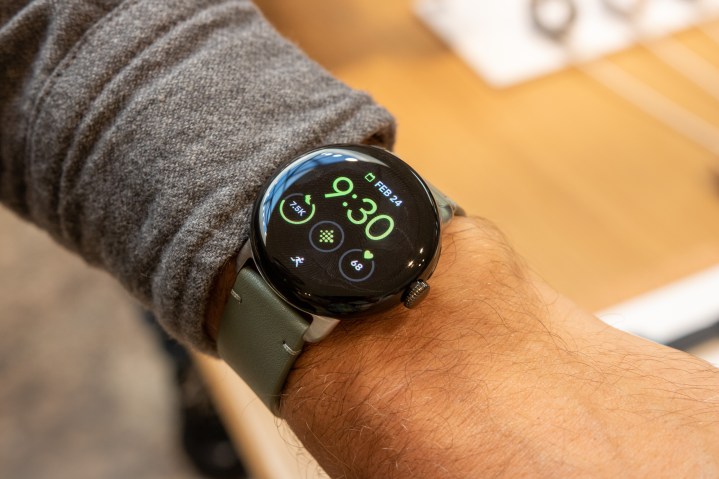A new report has revealed the profit margins for the Google Pixel Watch, and it looks like Google is taking home a lot more than its competitors.
According to a report from Counterpoint Research, it costs Google $123 to build a single Pixel Watch (specifically, the 4G LTE variant), which Google charges $400 for. When compared to the profit margins for similar devices, it feels like Google has some explaining to do.

Obviously, a company like Google has to make money, but a 69% profit margin feels a little steep. Apple, which is famously known for having the highest profit margins in the mobile industry, had profit margins of 66% for the Apple Watch Series 6, which initially retailed for $400. While that’s only 3% less than Google’s margin, Apple Watches are able to justify their price better thanks to the “high integration of in-house hardware and software,” as Counterpoint points out.
The current crop of flagship Apple Watches, however, are hardly comparable devices to the Pixel Watch. In terms of features and quality, it’s more accurate to compare the Pixel Watch to something like the Apple Watch SE 2, which retails for $250, or the Galaxy Watch 5, which retails for $280. When looking at it from that perspective, Google is paying less than its competitors to make its smartwatches, but charging more than 30% more for them.
At the end of the day, there’s not much to be done to make Google lower its prices. However, it can help prospective Pixel Watch buyers be a little more informed about what exactly they’re buying. As mentioned above, high profit margins are an industry standard, especially when it comes to Apple devices, but the level of quality just isn’t quite there yet for the Pixel Watch.
It’s also worth pointing out that nothing here is meant to dissuade anyone from buying a Pixel Watch if they feel that it’s the right device for their life. It’s just always a good thing when consumers are making more informed purchases.
